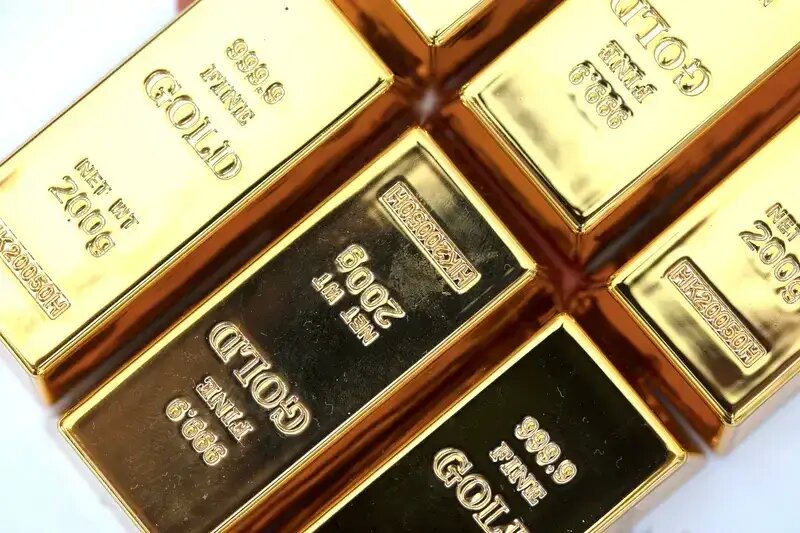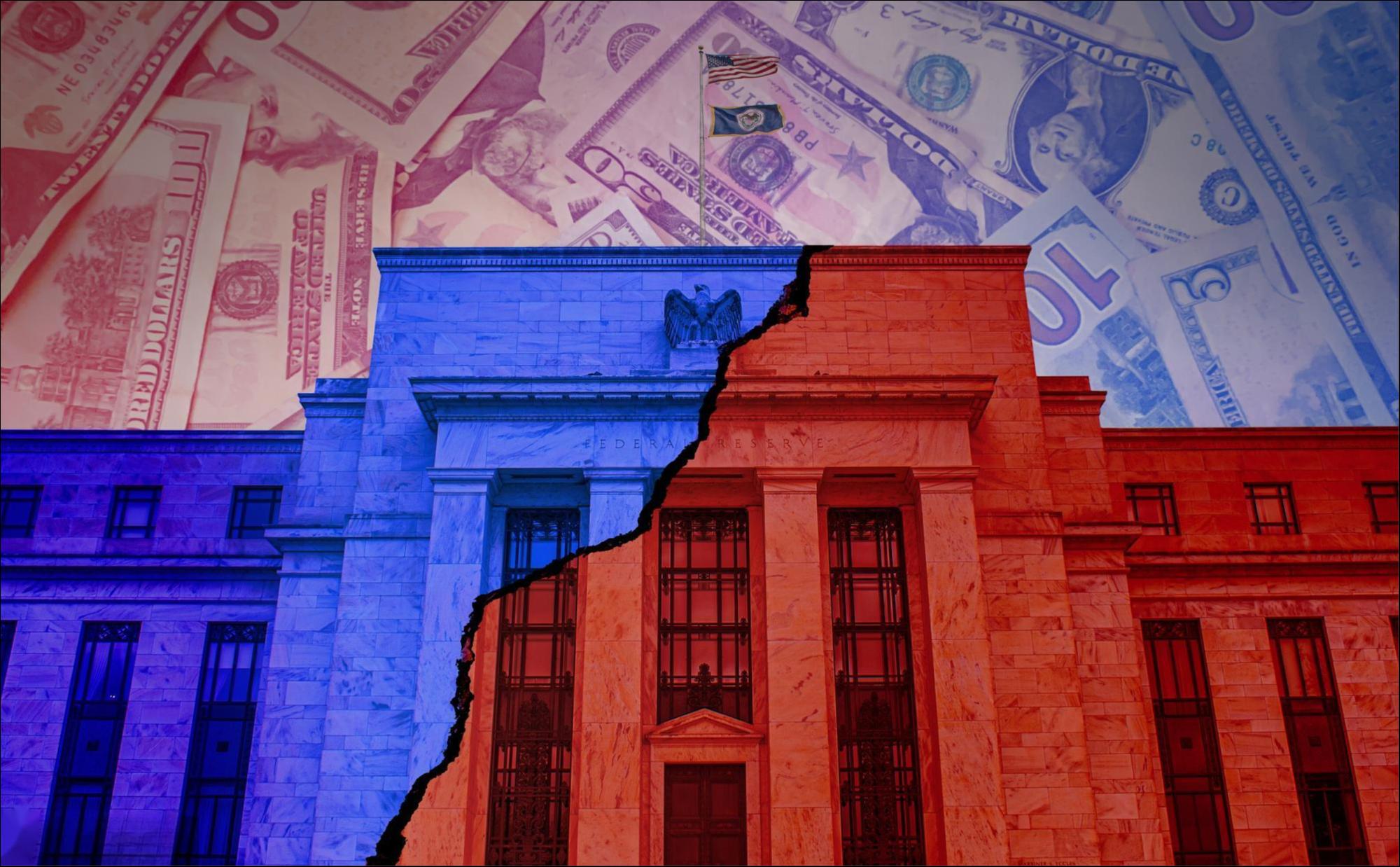
On the chessboard of global financial markets, the trend of gold prices has always been highly anticipated, like a mirror reflecting the ever-changing global economy and geopolitics. Recently, the international gold price has fallen for two consecutive weeks, causing widespread attention in the market and deep concerns among investors. Behind this seemingly simple price fluctuation, there are actually complex and diverse driving factors hidden.
The geopolitical situation has always been an important influencing factor on the trend of gold prices. Gold, as a traditional safe haven asset, often becomes the preferred asset allocation for investors in times of global geopolitical tension and increased uncertainty, driving up prices. Previously, the situation in the Middle East was tense, with ongoing conflicts between Israel and Iran. The market was concerned that the escalation of geopolitical risks would have an impact on the global economy and energy supply, leading to strong risk aversion and a large influx of funds into the gold market, driving the international gold price to rise all the way. London gold once reached $3500 per ounce, with a highest increase of 35% this year.
However, there have been signs of easing in the geopolitical situation recently. The news of Israel and Iran reaching a comprehensive ceasefire agreement was like a reassurance pill, instantly easing the market's tense nerves. The geopolitical risk premium is rapidly diminishing, and the attractiveness of gold as a safe haven asset is greatly reduced. After the ceasefire news was announced, the gold price plummeted by 1.5 percentage points. According to the London Bullion Market Association, up to $400 million of funds withdrew from the gold futures market within 48 hours. Even if the US military carries out airstrikes on Iran's nuclear facilities in the future, Iran has expressed its willingness to continue negotiations, and the market judges that the worst-case scenario will not happen, further weakening the safe haven demand for gold and becoming an important trigger for the decline in gold prices.
Last week's Federal Reserve meeting sent hawkish signals, clearly stating that there may not be a rate cut in 2025, and even suggesting that inflation will remain above 3% for the long term. This statement shocked the market greatly, and the US dollar index immediately skyrocketed to 105. As the US dollar strengthens, the price of gold denominated in US dollars is under tremendous pressure, as gold becomes more expensive for investors holding other currencies. At the same time, changes in market expectations for the Federal Reserve's monetary policy have caused significant volatility in the interest rate futures market, with the probability of a September rate cut plummeting from 68% to 41%. Wall Street is now betting on higher and longer interest rates. When the yield of 10-year US bonds exceeded 4.4%, the yield of gold purchase was eclipsed by the interest rate of treasury bond bonds. Quantitative funds took the lead in smashing the market, and gold prices fell in response.
From the perspective of capital flow, there has been a significant outflow of funds from the gold market recently, which has put downward pressure on the gold price. Global gold ETFs have experienced net outflows for three consecutive weeks, with $1.83 billion outflows in May alone, indicating that institutional investors are reducing their holdings of gold assets. At the same time, hedge funds are quietly reducing their holdings, and the continuous withdrawal of funds shows a lack of confidence in the short-term trend of gold in the market.
When market sentiment turns negative, investors sell off their gold assets one after another, leading to an imbalance between supply and demand in the gold market. Especially after the gold price fell below the key support level of $3350, the automatic selling program of the algorithmic trading model was triggered, and the programmed trading caused leveraged funds to close positions crazily, further exacerbating the decline in gold prices and forming a vicious cycle of "price decline capital outflow price further decline".
After a continuous rise, the gold market has accumulated a large number of profit taking orders, and investors' mentality of being safe has gradually gained the upper hand. Once there is a market movement, it is easy to trigger large-scale selling. From a technical analysis perspective, the gold price failed to reach the high point of the range of $3400 to $3500 three times, forming a strong resistance level. When the price cannot break through the key resistance range, technical investors often choose to exit or go short based on their trading strategy, which to some extent also contributes to the downward trend of gold prices.
The consecutive two-week decline in international gold prices is the result of a combination of geopolitical, monetary policy, capital flows, market sentiment, and technical factors. Despite the weak performance of gold prices in the short term, the global economy still faces many uncertainties in the medium to long term. Factors such as the fluctuation of US tariff policies, the continuation of the global trend of "de dollarization", the potential shift of the Federal Reserve's monetary policy, and the persistence of geopolitical games may still provide support for gold prices.

Recently, US Treasury Secretary Mnuchin publicly stated that the selection process for the next chair of the Federal Reserve has been initiated.
Recently, US Treasury Secretary Mnuchin publicly stated tha…
At the dawn of 2026, the United States launched a military …
From the stiff step when it first debuted in 2022 to demons…
"On the early morning of January3,2026, the United States l…
"We absolutely need Greenland," Trump's straightforward sta…
On January 3rd, the US Special Forces launched a surprise a…